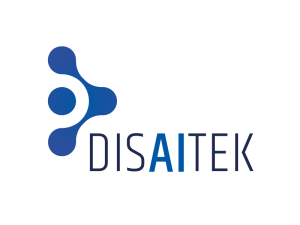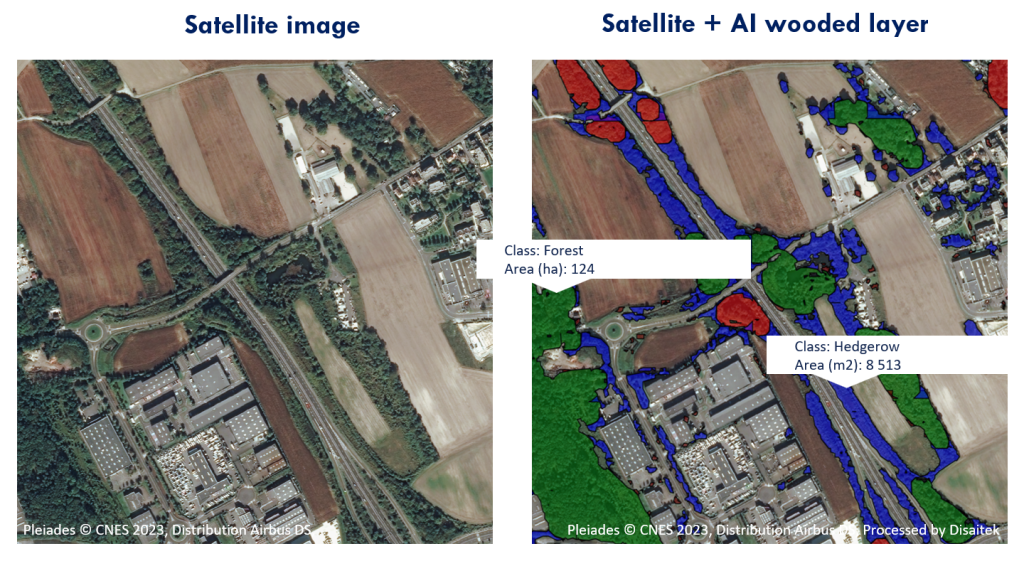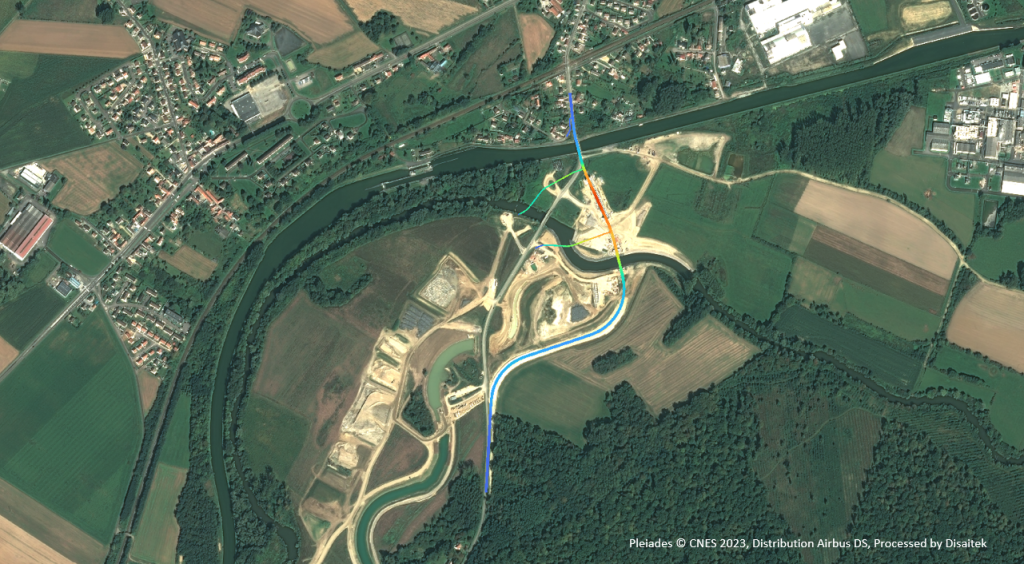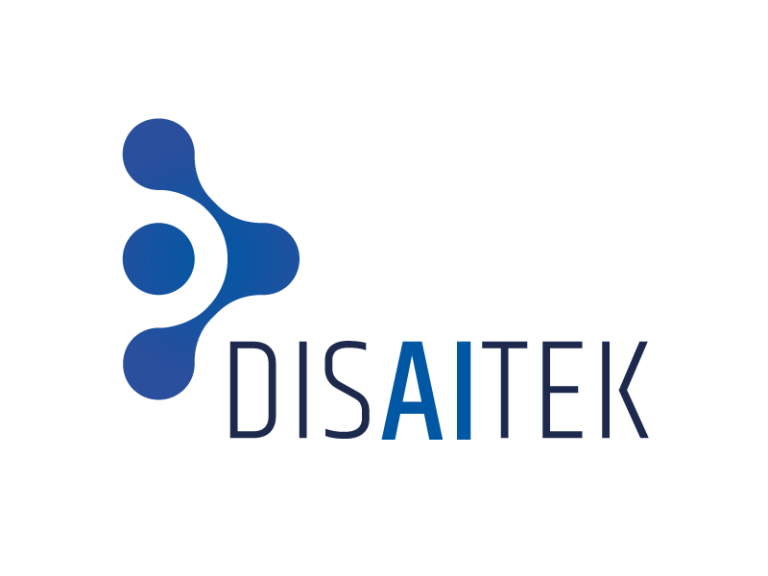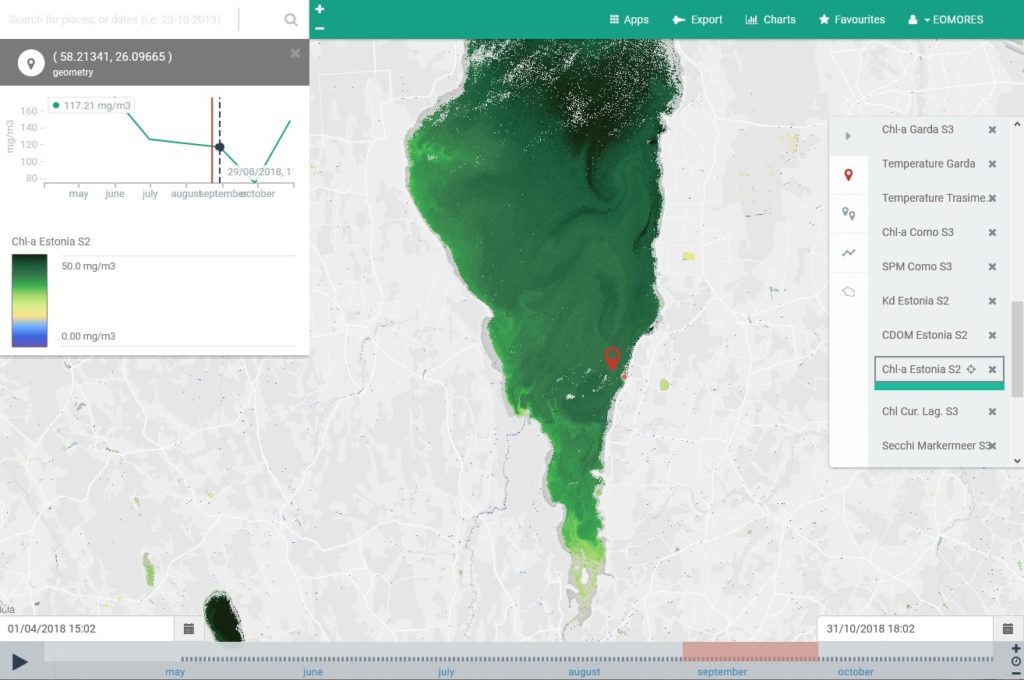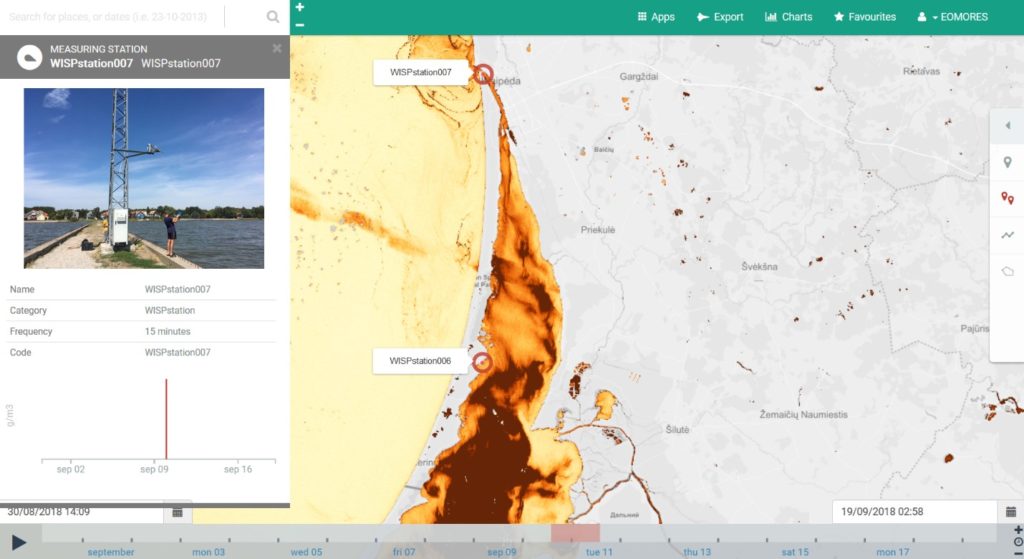Introduction
Honorable Members of the European Parliament
Dear Ministers and representative of Member States
Dear Didier Reynders,
Dear friends from the space sector,
Ladies and gentlemen,
This 11th Annual Space Conference is now my fifth since I took office.
I always valued this event. It allows us to take a step back, take a snapshot of where we are, what has been achieved, and discuss where we want to be.
This year is special.
Special first because we are not talking anymore about “plans”, “strategies” for the future. We have now a concrete proposal from the Commission: a €16bn EU space programme. I personally pushed it. It is now under negotiations. When I think of our last year discussions, especially on the budget, this is a remarkable achievement.
Special for me then, because it is the last one under this mandate, and when I look back at what we have done since the first space conference I participated in – in 2015 – I am impressed by the work done and genuinely proud of our collective efforts.
Special finally for all of us, because 2019 will be a highly political year, in several of our Member States but also at European level with the European elections of May. The results of these elections will be crucial for Europe as a common project. The current geopolitical realities help us to remember that we should never take for granted the collective achievements. We should continuously fight for them.
Before looking ahead, I would like to say a few words on our programmes Galileo, EGNOS and Copernicus. They are now operational and world class references.
We should not be afraid to say it: We have the best Earth observation system in the world and the best satellite positioning system in the world. We should be proud of that.
Not a single EU Member State could have done it alone. This is the result of our European cooperation and these are clear European successes.
Copernicus is today delivering data and services of unprecedented quality. It sets global standards by offering the most accurate climate and environmental data, 24/7.
Our objective is to maintain the EU’s autonomous capacity to observe Earth and to position Copernicus in support of Europe’s security and Europe’s leadership to fight climate change.
Galileo is today delivering beyond expectation.
The accuracy of Galileo is far better than expected.
It is used by more than 500 million users worldwide and this number is growing every day.
Since November, Galileo is the first and only non-US satellite navigation system authorised for use in the US.
And we will continue its development towards FOC service in 2020.
What we proposed
So looking at where we are: Europe is a true space power. The second in the world. The European space industry is a world class one.
That being said, this should not be an excuse for complacency and being immobile. We cannot afford to rest on our laurels and passed achievements.
The world is changing in front of us. The Space sector is undergoing massive changes worldwide. A new reality emerges and the European Space sector and policies must adapt and react to it.
Failing to understand that we are not anymore in a “Business as usual” environment, this is the position of Europe on space that is at stake.
This was the sense of the Space Strategy we adopted in October 2016.
This is the sense of the new €16bn EU Space Programme I presented in June last year.
This is the sense of the increased budget, despite the difficult context.
I personally fought hard for this amount. It shows the commitment of the Commission in putting space as a top priority.
With this new programme, I have four objectives:
The first objective is to ensure continuity in the investment towards Galileo, EGNOS & Copernicus. As any infrastructure, they need to be maintained and upgraded. We need to prepare already now for the next generation of Galileo and Copernicus.
The second objective is to ensure the evolution of these programmes towards new needs such as climate change, security or internet of things. I am clear:
- I want Copernicus to ensure Europe’s political leadership in fighting climate change
- I want Galileo to become the enabler of internet of things, connected cars and app economy
- I want both to participate to Europe’s security even more
The third objective is to promote the adaptation of the EU space sector to the new realities: Security, strategic and economic.
On Security: Space is and should be promoted as an enabler of security. We will progressively launch two new initiatives:
A Space Situational Awareness (SSA) system to avoid collision and debris on key satellites
A Governmental Satellite Communication (GovSatCom) initiative to provide Member States with reliable and secure satellite communication.
Additionally, together with Mariya Gabriel, we are working on a joint initiative on Quantum secured communication using both terrestrial and space capacities. Mariya will tell you more.
On the strategic dimension: there is no Space policy for Europe without autonomous access to space.
This is why it is the first time that we include a legal provision in an EU text to support a European access to space. We are ready to aggregate our institutional demand, to support ground infrastructures and the deployment of new technologies. This is a far-reaching provision which is the answer of the Commission on the call to support European launchers.
Third, on the economic dimension: Europe needs to launch a true European approach to new space – but I will come back to this.
Finally the last objective of the programme is to make our way of working more efficient: we proposed a slight adjustment in the governance – not a revolution – to take account of Brexit, the transition towards an exploitation phase of the programmes, and the rise of security concerns.
Beyond the EU Space Programme, other MFF proposals will support space.
Horizon Europe will support Space research through the launch a space partnership focused on large-scale space systems to boost innovation capacity and competitiveness in the global context.
InvestEU is now also referencing space and will stimulate investment in the space sector.
All these elements are now under negotiations and we have ambitions, I think achievable ambitions, to reach the agreement and the conclusion in the trilogue by the end of February. Of course with the help of our friends from the Parliament, who are here with us.
Towards a European New Space approach
I would like to say now a few words on the changing European space eco-system.
The space sector is going through a fast and profound industrialisation process. I think of the same magnitude as the one the automotive industry went through.
To face these challenges, I am convinced that we need to promote a European approach to “New Space”.
This is not about copy-pasting what is happening elsewhere in the world.
It is about looking critically at our system of support for space innovation.
This is not about opposing large companies with start-ups or traditional space companies with newcomers. Because we need them all here in Europe. We need you all. Both big and small. Traditional space companies and others.
We also need to change the mindset of the Space sector in Europe, but also of the rest of the economy towards the space sector.
It is not by chance that in the US, the private sector driving the deep change in space technologies and businesses are not necessarily coming from the space sector itself.
We are not seeing this yet or not seeing it enough in Europe. So we need different industrial sectors to mobilise efforts, R&D and financing into innovative space solutions.
But we also need a change of mindset of the public authorities.
- We need to make our own public procurement more open and ready to take higher risks.
- We need to develop a first contract approach for our space start-ups. Extremely important.
- We need also to learn in Europe to do things much faster and at much lower cost, more efficiently.
- On the specific point of access to finance: Today we will present a study that we launched together with EIB to assess the conditions of access to finance of European space companies.
The conclusions are very clear: the space sector is still perceived by investors as too risky.
Based on this study, I am calling for the design of a smart financing approach.
The work has already started:
Firstly, in the upcoming months I will launch a Space Fund, as a pilot initiative with the European Investment Fund.
It will mobilise up to € 300 million of public and private investment dedicated to space start-ups and SMEs in Europe.
The Commission’s InvestEU proposal will create a solid base to continue then.
I believe, that in the medium term, Europe will need a large European Space Equity Fund.
Secondly, we launched a new “partnership” with ESA to join forces for supporting orbit validation and demonstration (IOD/IOV) of research experiments from technologies to missions. Some €100 million will be allocated. I think it will be potentially a game changer in the market segment of rideshare services;
Thirdly, as announced last year, in 2021 we will award €10 million to the most commercially viable solution offering low-cost launch services for light satellites.
So we already put things in motion towards a European approach to New Space.
A more personal reflexion – going beyond
This being said, allow me to share with you a more personal reflection.
I am not only speaking now as Commissioner in charge of delivering different European space programmes, but as a person who is a decision maker, and who observed what we do in space at European level and who actively participated in this political push.
At the beginning, 4,5 years ago I understood very fast the importance and the potential of the space sector for Europe. You are all here in this room active in space. You are all in a sense ‘space specialists’. But the potential of space for our economy, for our future is largely unknown in Europe outside of this room, by our citizens, even by our leaders, by our politicians at national level.
Debating space is limited to specialists.
I believe that this is due to one element: in Europe, we do not have a clear collective sense of where we are going together on space matters.
We need to look at the reality straight:
- China goes to the Moon
- The US are going to Mars.
These are objectives, they are broad objectives which are brought by people’s emotions. They were designed to reach the goal.
Even if they fail on the short term, just setting the goal is helpful to mobilise public, private, finance, technology, entrepreneurs, ideas to develop new services, new technologies with concrete applications.
Over the last 10 years, the cost to access and use space has been dramatically cut – some say by 80%. The questions are not whether but rather when something will happen. Are we in this race as Europe?
Have we measured in Europe the impact of these trends on the business and our position on the global stage? Have we fully really realised the disruptive wave which is there?
This is not about economics; this is a deep strategic question for Europe, a question of strategic autonomy and technological dependence.
This is in fact a question of vision and political leadership.
So I am asking one question to all of us: where are we going? What is our shared and collective objective and vision in space? What makes us different?
I hear some spoke about an orbital society: why not?
I hear others targeting the Moon and the moon village: why not?
I hear also that Europe should have the capacity to have human space flights and not depend on others: certainly yes!
All this is going well beyond my mandate as a Commissioner and even the competence of the EU itself in space.
I do not wish my words to be interpreted like saying that the EU should do it.
But I think somebody needs and dares to say it out load.
We need to set in motion a process to define Europe’s vision for Space.
In the US they have a National Space Council attached directly to the President. Why couldn’t we have a “European Space Council” attached directly to the European Council or its President? It would gather all the space decision makers and actors, and advise directly our heads of states and government.
Second, we know that space is to become THE infrastructure for telecommunication, data, the Internet of Things, broadband. And this will likely be run mostly by the private sector. Can we afford in Europe to take the risk that soon, key infrastructures for IoT connection or operating system of connected cars will be non-European? We need what we call internally a European ‘Space Google’!
Third, the link between defence and space will increase. The US has recently created a Space Force. Some of our Member States are considering similar arrangement. We should reflect on the possibility to have a European Space force.
From an industrial perspective, the military will soon run the disruption of technologies. For instance on earth point-to-point space flights. Such a prospect can be very disruptive on the medium term for instance to the aviation sector.
Another dimension is the strategic and technological autonomy of Europe. We need to reduce our technological dependence from third countries.
Concretely we should collectively set up a periodic screening of critical components and for the most strategic segments apply, through our procurement rules, a clear European preference approach..
Finally, we need Europe to become an attractive hub for space innovation. We should be able in Europe to accelerate the emergence of innovative European solutions by offering demonstration/feasibility contracts. A pipeline of projects could be created and supported by the most appropriate means (grants, procurement and equity).
Additionally, a serious bottleneck in space innovation is to be able to go to space and test in orbit the solutions. We could therefore explore the feasibility of an in orbit demonstration programme based on the pilot partnership with ESA: every year Europe could buy a launcher and award its capacity to highly innovative projects. This would accelerate a lot innovation in Europe.
At the same time, we need to develop a true Single Market for Space in Europe, where geo-graphical restrictions in space procurements would only be acceptable in the early R&D phase and for security sensitive activities. In clear, all procurements of operational and civil capacity should be open to all European companies. This is what the single market is about.
I am sure that this kind of reflection is something what we need now in Europe.
Conclusion
Ladies and gentlemen,
In conclusion of this already long speech, I would like to just to say few words.
These past five years have been very intense.
I am particularly grateful to have met all of you, to have been able to know most of you in the different space related events.
Space is really a community or sometimes as it is called a family. Policy-makers may change but the European space community remains and it will be on all of us gathered here today to transform our aims and visions into successes!
Space is one of those topics where the European added value is clear. And we should be able to present it to the society.
Thank you.
Source
